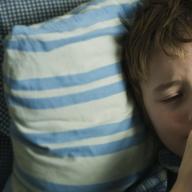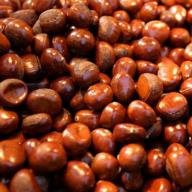“There is nothing more constant in the world than impermanence,” Jonathan Swift, an English writer, aptly noted several centuries ago. The truth of this statement is fully demonstrated by the female epic with the color change of hair.
So, after dyeing the hair, the result is often far from desired. And there is also a factor of everyday life - how much you can walk with the same color, it's time to change the image! In general, many people are interested in ways to free curls from dye.
The beauty industry offers three different methods - decapitation (using blond powder), as well as acid (ready-made formulations) and natural washes (masks from improvised products - honey or kefir, vegetable oils, etc.).
The latter option is often used at home, but most often it turns out to be a waste of time and effort. In most cases, masks made from natural ingredients do not wash off the color at all. And this is at best. There are a lot of disappointed comments on women's forums, they say, she applied burdock oil / honey / kefir to her hair, followed all the recommendations, and the results were zero - the paint did not even fade. But here, on the other hand, there is a significant bonus - a natural wash not only does not harm the hair - on the contrary, it acts as a nourishing mask.
Decapitation and acid wash, of course, are many times more effective. But not everything is clear here. How do they work? How are they different? And finally, how to achieve the planned result?
Acid hair dye remover (surface action)
Acid wash is sold in professional stores in the form of ready-made formulations. This method is mainly used for minor adjustments and color alignment. In one procedure, an acid wash can change color by 2 tones, so several sessions are often required for the desired result.
Currently, many brands, market leaders in professional hair cosmetics, offer paint removers. The most famous and often discussed is undoubtedly l. Other popular washes:
- COLOR REVERSE Salerm
- DECOXON 2FAZE Kapous
- PAUL MITCHELL BACKTRACK
- Colorianne Remove Color System
How does a hair pigment remover work?
To understand the principle of operation, you need to know how the process of color change occurs. By mixing dye with peroxide, we get a chemical reaction during which oxygen is released. It is from his supply that the natural melanin is clarified, as well as the colorless indirect pigments contained in the paint are converted into colored ones.
Chemical bonds are formed between the color molecules, fixing them in the hair structure. That's it, the reaction is completed. Happy New Year, oh, that is color!
So, the “acid wash” acts the other way around, we can say it is a reverse color converter. Penetrating into the structure of the hair, such a wash destroys the bonds between molecules and transforms them into colorless ones, which - attention! - they don't disappear. That is, pigments that have lost their color remain in the hair structure.
Important: if the hair is dyed with henna / basma, the acid wash is powerless, it will not work to remove the color.
What determines the result of removing hair dye?
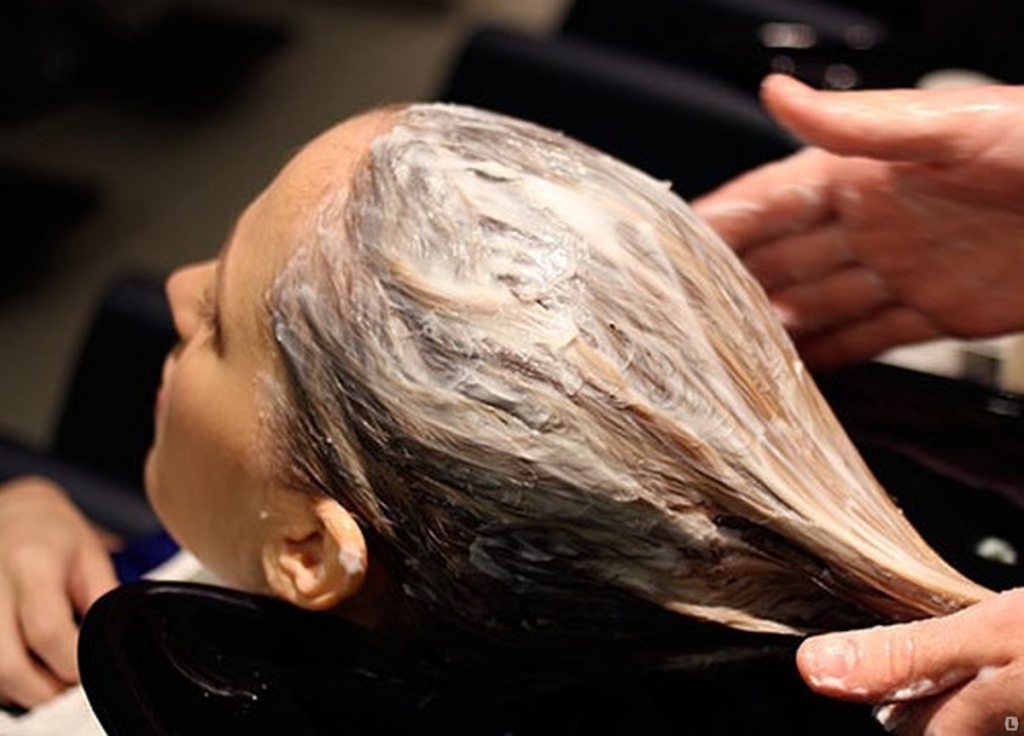
When reading a hairdressing forum, the principle "how many people - so many opinions" is seen especially sharply. So, it seems to be the same hair color, wash from the same manufacturer, but the results differ. Why? Three parameters are mainly to blame. So the final result depends on:
The time interval, that is, on how long the hair has been dyed in this color. If for several years - there is already plenty of pigment in the hair;
What kind of activator was used. As you know, oxygenates differ in the percentage of peroxide, and this, in turn, determines the background of clarification (we see it after acid washing);
Your zeal and conscientiousness. In other words, on whether the hair is thoroughly washed after washing.
A bit of practice, understandable for hairdressers, but not for their clients. As an example, let's consider, let's say, natural hair of level 5, dyed in tone level 7 with some shade. In this situation, it is appropriate to assume that 6% or 9% activator was used (depending on the dye) and lightening by 2 tones occurred. Thus, the future lightening background, the result of the transformation of colored molecules into colorless ones, will turn out to be yellow-orange (corresponding to the 7th tone level).
With these calculations, professionals can control whether to reapply the wash to the hair. If the planned lightening background is reached immediately, there is no point in subsequent application - the result will not become lighter.
Why can hair become darker after washing?
Now consider a common problem - darkening of hair after an acid wash. To understand why this happens, we should recall what was said at the beginning of this section. We remind you that acid wash does not remove, but only converts colored molecules into colorless ones. Thus, while the pigments are in the structure of the hair, they can oxidize and change color.
For example, a very common situation is when a hairdresser, having made one or more acid washes, sent a client on a visit - home, so that the hair "rests" before the upcoming dyeing. But the client returns to the salon, to the bewilderment of the master, with noticeably darkened hair.
What is the reason for such metamorphoses? Paint can oxidize even in air, which is clearly illustrated by a familiar picture. If the dye tube is not closed, its color will soon become darker. A similar principle of action for colorless pigments still remaining in the hair structure. That is, the color may darken due to the fact that the molecules that have lost their color still continue to slowly oxidize under the influence of oxygen.
Why can hair color darken with subsequent dyeing?
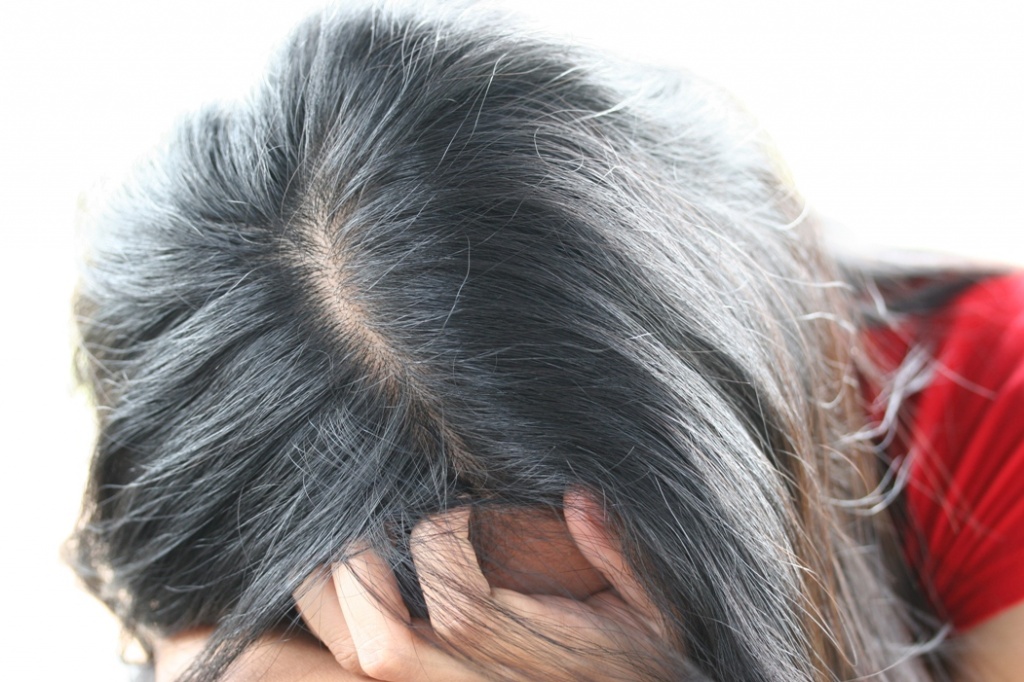
So, congratulations, the desired lightening background has been achieved. The next step is to arrange a test to see if pigments remain in the hair structure. In the honorary role of the examiner is the "fast oxidizer", a product designed just for this purpose; each manufacturer is different. The product should be applied for several minutes on 1 strand, and if it does not darken, then the pigments from the hair are removed to the maximum.
Thus, this product has two functions - the transformation of colorless molecules into colored ones, as well as their fixation in the hair structure. If blonding is planned after an acid wash, the “fast oxidizer” should not be applied to all hair. The reason is that colored molecules are more difficult to destroy than colorless ones. In situations where after washing it is necessary to dye the hair, the “fast oxidizer”, on the contrary, should be kept on the hair, exactly following the instructions. This will help to avoid unpleasant surprises when staining.
If, after an acidic wash, decapitation or blonding is performed, the effect of “color return” often occurs. The culprits here are still the same - colorless molecules, which become colored under the influence of oxygen. Panic, however, is not worth it. Since blonding agents are excellent at destroying these pigments, the initial effect of darkening the hair soon disappears. On average, after 15-20 minutes, the color becomes light again.
Postscriptum
And finally, professional hair colors are much easier to remove than mass-market products. But, unfortunately, ladies rarely come to the salon who have never “sinned” with household dyes. For this reason, in order to certainly remove unwanted pigment from the hair, decapitation is often done after an acid wash.
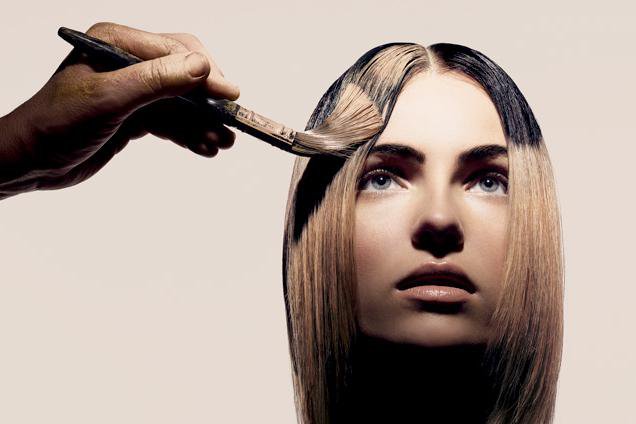
The French use the euphonious word "decaper" to call a completely uncreative occupation - the purification of metals. The hairdressing path and the metallurgical industry, of course, have nothing in common with each other, but the overseas word has nevertheless taken root here. The original meaning of the term has been preserved - masters resort to decapitation in situations where the hair should be “cleaned”, that is, rid of unwanted color.
Decapitation gives a greater effect than acid wash. This method allows you to lighten hair by 4 tones in one procedure, but at the same time, compared to the previous method, decapitation is more harmful.
When decapitating, a blonding powder or liquid is used, designed specifically for this procedure.
In what cases is decapitation carried out?
When it is necessary to remove stains of paint from the hair or unwanted shades that have arisen after dyeing;
With repeated hair dyeing with dyes from various manufacturers;
To lighten unnatural hair color.
Under the phrase "undesirable shade" everyone means something different. So, dark hair, shimmering with a glossy sheen, the subject of universal envy, can someday get bored with its owner. And remembering that gentlemen choose blondes, the girl, without thinking twice, goes to the nearest salon. If previously she dyed her hair only in hairdressing salons, using professional dyes, the master can breathe a sigh of relief. But that doesn't happen often. Most Russian women, buying mass-market paints, experiment with hair in the walls of their own apartment. Be that as it may, if a painted dark-haired lady dreams of a hairstyle, like Sobchak's, only decapitation will help.
By the way, this procedure has other names - decapage, as well as a blond wash. Often, after using this method, the hair, covered with spots, becomes piebald. And along the entire length of the hair can have different shades - from white to orange. Most colorists believe that the number of shades after washing depends on the number of previous stains. Like, how many divorces turned out on the hair, so many times the hair was dyed in a dark color.
Tinted already depending on the results of the wash, while the oxide is recommended to be used with the lowest% content.
Mini-instruction for the hairdresser
A bleaching wash is traumatic for the hair, so before proceeding with decapage, the master must follow several rules.
1) Work only with gloves.
2) Before proceeding with decapage, you need to do a test for skin sensitivity and allergies.
3) Owners of hair dyed with henna or basma should refrain from decapitation.
4) Liquid preparations are applied with a sponge, not with a brush.
5) Initially, the composition is applied to the darkest or most congested areas of the hair, and then the lighter ones are treated.
6) So that the hair does not darken during the subsequent application of the dye, the preparation should be washed off as thoroughly as possible.
7) The exact holding period depends on several characteristics. The determining factors are the original hair color, the planned result, as well as information from the instructions. As you can see, everything is individual, the universal recommendation is that the exposure time should not exceed 50 minutes.
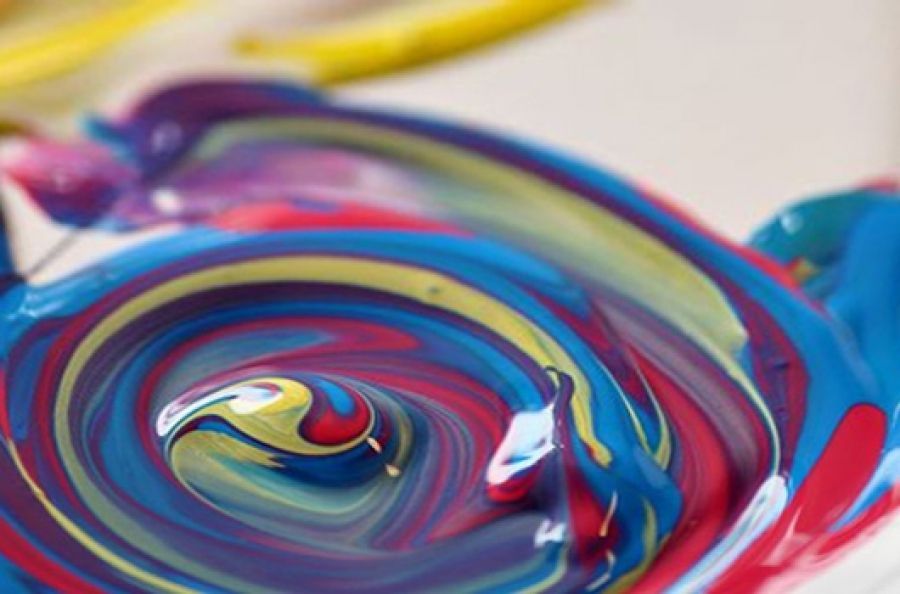
Of course, to start decapitation, the above rules are not enough. The most important nuance that determines the successful outcome of the event is the preparation of the mixture. The set of ingredients here is quite simple - bleaching preparations, water and shampoo. But with proportions, things are much more complicated.
The exact number of added components depends on the goal of the master. We can say that the compositions for removing the dye are divided into weak (another name for blond wash) and strong - for "severe" cases.
So, a weak composition is used if you need to remove an unwanted shade, the result of toning with unstable dyes, as well as when the color is oversaturated. Blonde wash is best used within a day after staining.
Recipes for weak decapitation there are several, they differ in the set and number of components used. Let's give a couple of ways.
100 gr. hot water, 1 spoon of bleaching powder and 20 ml. shampoo.
100 gr. hot water and 2 tablespoons of bleaching powder.
30 gr. powder +120 ml. oxygen.
After mixing all the components until a homogeneous mass, the mixture should be distributed as quickly as possible over wet hair. (The uniformity of dye removal directly depends on the speed of its application). After distribution, the mixture is emulsified for 2-3 minutes, paying maximum attention to the ends of the hair. It is there, as everyone knows, that the coloring pigments are found in the greatest quantity. The next step is to wash your hair and then evaluate the result. If the desired tone is not achieved, the blonde wash may have to be resorted to a few more times.
Strong decapitation the composition, unlike the weak one, can be used no matter how much time has passed since the last staining.
30 gr. powder, 30 gr. 6% or 9% oxidant, 60 gr. hot water, 15 gr. shampoo.
20 gr. water, 20 gr. powder, 20 gr. shampoo, 20 g. oxidizing agent 3.6.9% (the percentage depends on the original hair color. The darker the hair, the greater the percentage should be chosen).
And, of course, decapitation recipes from different manufacturing companies may differ slightly from each other.
Blonding wash, as already mentioned, is quite aggressive for the condition of the hair. But, as practice shows, it is often possible to achieve the desired result only with the help of decapitation.


